With the launch of Silver Age, Flesh and Blood has introduced an exciting new way to experience competitive play. This format strips away the complexity and barrier to entry while preserving the strategic depth that makes FaB special. Whether you’re completely new to the game or a seasoned veteran looking for a fresh challenge, Silver Age offers the perfect opportunity to dive in!
Want the best connection when watching FaB tournaments? Check out PLDT Home!
What is Silver Age?
Silver Age is FaB’s most accessible competitive format, designed with speed and approachability in mind. Here’s what makes it different:
- Young Heroes Only – All heroes must be in their Young variant
- 40-Card Maximum Deck Size – Smaller decks mean more consistency (and less expensive)
- 15-Card Inventory – Includes all your equipment
- 2 Copies Per Card Maximum – No three-ofs here
- Commons and Rares Only – No Majestics, Legendaries, or Fabled cards
- Dedicated Banned and Restricted List – The format has its own B&R list to ensure balance and keep the metagame healthy
The result? Fast games, lower costs, and a format where tight play and clever deckbuilding shine through. It’s the perfect entry point for new players and an exciting sandbox for veterans to explore Young Heroes they might have overlooked in Classic Constructed.
The Four Decks
We’ve selected four Heroes that are easy to build, learn, and play while still packing a punch and remaining competitively viable. Each represents a different playstyle and strategic approach, giving you options no matter what kind of player you are.
Dash: The Bulldozer
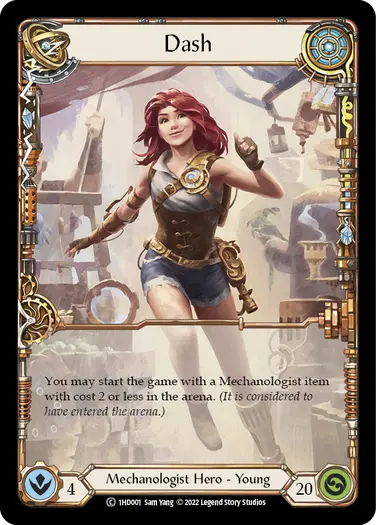

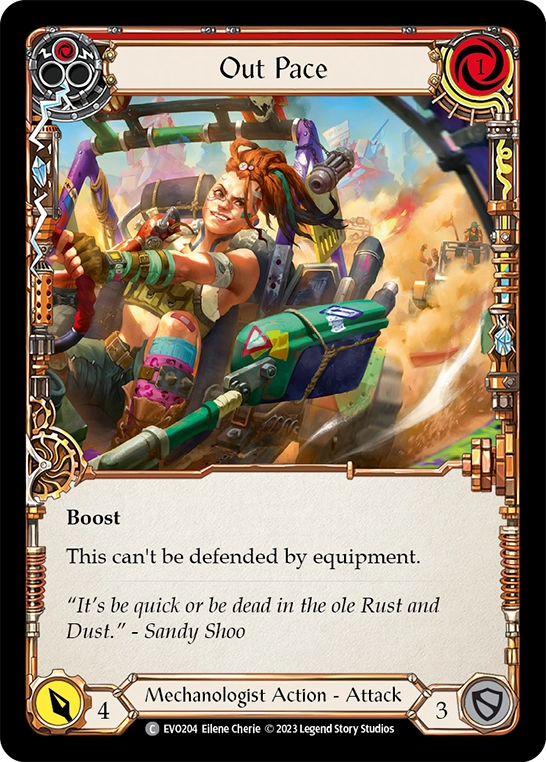
Dash is a great starting Hero for Silver Age for newer players because she can simply bulldoze through most matchups with Mechanologists’ high-powered offense, while at the same time having good defense in case she needs to slow down and block. All of this flexibility and power comes at the cost of burning through your deck and getting fatigued (running out of cards) faster than your opponents’, so you’ll need to kill them before you’re out of options.
The great news is that Dash’s most powerful turns can easily break through most defenses and dish out some absurd amounts of damage.
What Makes Dash Strong:
- Explosive Damage Potential – When Dash goes off, she goes off hard. Multi-attack turns with boosted items can quickly overwhelm opponents.
- Flexible Gameplan – Can play aggressive or defensive depending on the matchup.
- Straightforward Strategy – The game plan is clear: hit hard, hit fast, but slow down when necessary.
The Tradeoff: Dash burns through her deck quickly. You’re racing against your own fatigue clock, so every turn counts. But when you’re dealing 15+ damage in a single turn, that clock doesn’t matter much.
Fai: The Glass Cannon
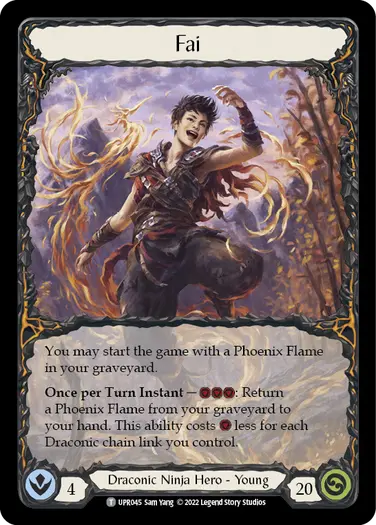
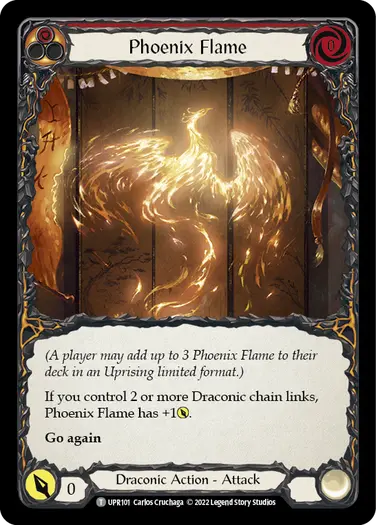

Just like Dash, Fai is a high-damage deck that aims to close out the game as fast as possible with multiple attacks per turn. Unlike Dash, though, Fai is a glass cannon and can’t defend himself as effectively as the other Heroes. However, the consistently high damage that he does per turn usually puts his opponents on the defensive and gives him all the momentum that he needs to keep attacking. Because he benefits a lot from being on the offense with multiple cards, Fai would gladly take lots of damage if it meant hitting his opponent back a lot harder.
What Makes Fai Strong:
- Relentless Aggression – Fai’s turns are all about piling consistent damage. Once he starts attacking, it’s hard to stop him.
- Relevant On-hit Effects – Some of Fai’s attacks can destroy the opponent’s Arsenal, Equipment, and even draw additional cards.
- Simple Math – Life totals are just a number. As long as theirs hits zero first, you win.
- Rewards Calculated Risks – Trading life for tempo is Fai’s specialty.
The Tradeoff: You’re going to take damage. A lot of it. Fai’s defensive options are limited, so you need to be confident that your offense can outpace theirs and correctly identify the few crucial times that you have to block. When it works, it’s exhilarating. When it doesn’t… well, at least the game was quick.
Ira, Crimson Haze: The Balanced Blade
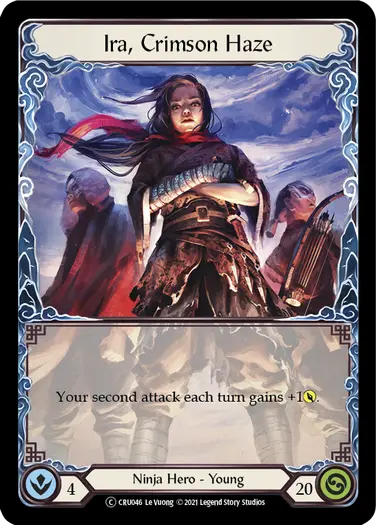
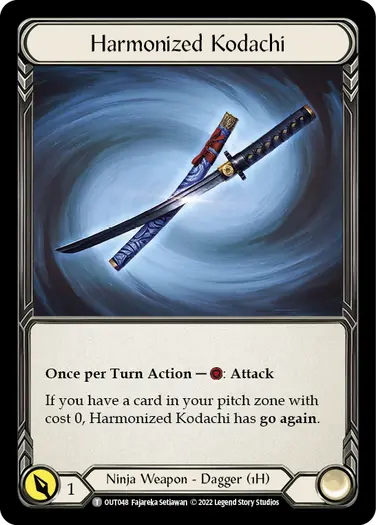
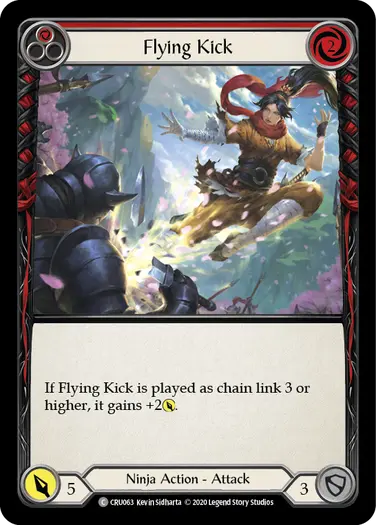
So from high-powered offense, we move on to a deck that trades some firepower for flexibility. Ira has a very simple, linear game plan of blocking your opponents’ attacks with 2 or 3 of your best defensive cards and then hitting back for some damage with your remaining 1 or 2 cards combined with the buff from her Hero ability. She’s very good at slowing down the game and forcing the enemy into a war of attrition until their life total becomes low enough for Kodachis to become a major threat.
She’s also capable of dealing big damage when you get the right cards, but most of the time you’ll be balancing your offense and defense to wear your opponent down.
What Makes Ira Strong:
- Balanced Gameplan – Ira doesn’t need to go all-in on offense or defense. She adapts to the situation.
- Consistent Pressure – While her damage isn’t explosive, it’s steady and reliable.
- Efficient – Her 2-card offense is one of the best in the game.
- Late-Game Power – As life totals drop, Kodachis become increasingly dangerous weapons.
- Beginner-Friendly – Her straightforward strategy makes her perfect for learning the fundamentals.
The Tradeoff: Ira doesn’t have the explosive turns that Dash or Fai can generate. You’re playing the long game, which means every decision matters. But for players who want to learn FaB’s fundamentals, she’s the perfect teacher.
Oldhim: The Immovable Object
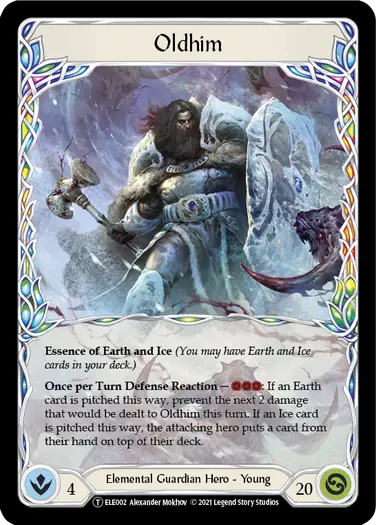
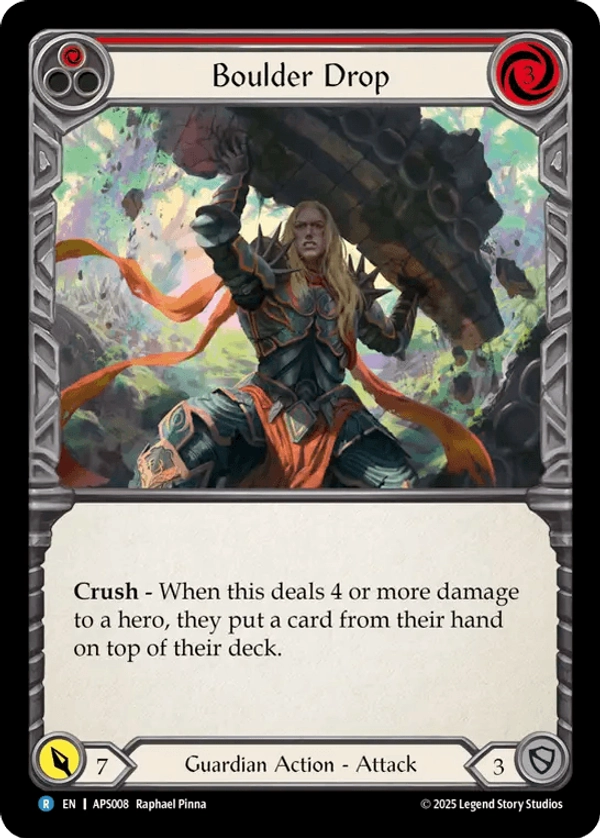

Finally, we arrive at a deck that’s built for the long game to fatigue your opponent (that’s when they run out of cards in their deck). Oldhim does this through a combination of things—Guardian attacks that disrupt the opponent’s turns and force them to block, minimize the damage they do with our strong defense, and finally abuse Oldhim’s ability to prevent 2 damage every turn by simply pitching an Earth card instead of blocking with it. Because pitched cards return to the deck, this means that while our opponent is spending their cards to attack, we’re simply recycling ours while still reducing the damage that they do.
When Oldhim’s game plan goes well, it leads to late-game scenarios where we’re at a low life total, but the opponent can’t finish us off because they’re out of strong cards that can go through our remaining defenses. When that happens, it’s just a matter of hitting them until they’re forced to block with their remaining cards, and they’ll be helpless after that.
What Makes Oldhim Strong:
- Inevitability – If the game goes long, Oldhim almost always wins. It’s that simple.
- Resource Efficiency – His hero ability essentially gives him “free” blocks by recycling Earth cards.
- Disruption Package – Guardian attacks interfere with opponent strategies and prevent them from doing big offensive turns.
- Punishes Aggression – Fast decks often overextend into Oldhim’s defenses and run out of gas.
- Tests Opponent Patience – Games against Oldhim are marathons, and many opponents will make mistakes trying to figure out how to get damage in.
The Tradeoff: Oldhim games take time. You’re not winning quickly, and you need to be comfortable playing from low life totals. One miscalculation can turn a winning position into a loss. But for players who love shutting down their opponents (or just want to annoy them with long, drawn-out games), Oldhim is deeply rewarding.
Which Deck Is Right For You?
Choose Dash if: You want explosive turns and the flexibility to play aggressively or defensively. Perfect for players who like having options.
Choose Fai if: You want to live dangerously and end games fast. Ideal for aggressive players who trust their ability to race.
Choose Ira if: You want a balanced, consistent game plan that teaches fundamental FaB skills. Great for beginners and players who value steady pressure.
Choose Oldhim if: You want to win through defense, disruption, and a whole lot of patience. Perfect for defensive-minded players who enjoy longer games.
Time to Jump In
With the launch of the Silver Age format, now’s probably the best time to get into FaB. The metagame is fresh, unexplored, and people are likely to play with whatever crazy brews they have of their favorite Heroes. These four decks will provide a solid starting point and will likely give you a few wins along the way as well.
Silver Age removes the financial and complexity barriers that sometimes keep new players from diving into Flesh and Blood. With smaller deck sizes, no Majestic or Legendary cards to chase, and Young Heroes that are easy to acquire, you can build a competitive deck and start playing immediately.
More importantly, Silver Age is just plain fun. The games are fast, the strategies are diverse, and every Hero feels viable. Whether you’re building your first deck or your tenth (and believe me, it’s very easy to go past 10 decks), there’s something special about exploring a format where everyone is figuring things out together.
So grab your cards, pick a Hero, and jump into Silver Age!
Read More:
More Silver Age Format Information and World Tour 2026 Prize Pool Increase For FaB TCG – VRSUS
Pro Quest Yokohama at Cyberzone: An Amazing Venue For TCG Tournaments – VRSUS
Flesh and Blood’s Skirmish Season 13 Marks the Final Set of Blitz Tournaments – VRSUS
Philippines Nearly Takes Calling: Shizuoka in Flesh and Blood TCG – VRSUS





